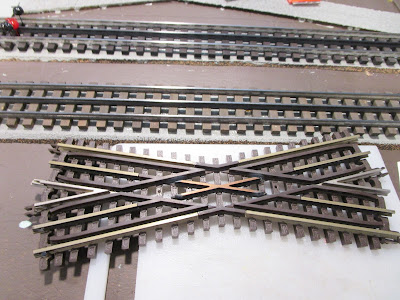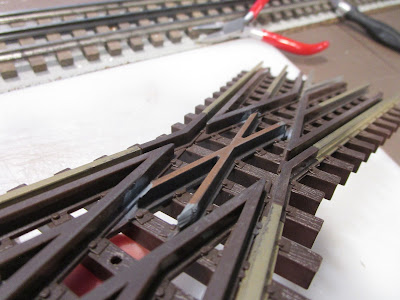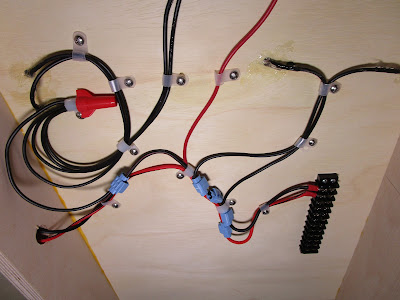Chinese New Year is January 29, 2025. For those wondering why I am mentioning it on a train blog, here is a brief railroad history lesson...
My wife first spotted a Micro Trains N scale car at a train show. She liked the way it looked, and I love oranges and Chinese history, so it seemed a natural purchase. I was a bit envious of the fact that it was for her N scale layout but that was okay.
Then, at the Springfield train show I found an O scale model by MTH and I had to add it to my collection. I figured it would sort of fit the theme for my next layout (New England railroads, 1970s-1980), it was a true O-scale car, and the graphics looked even better in the larger scale.
I became curious and wanted to learn more about the prototype. Digging around online, I found out that the popularity of Mandarin oranges in Canada is due to Japanese immigrants there who would receive gifts of oranges from their family back in Asia as part of the lunar New Year celebrations. Whole trainloads of insulated and/or heated boxcars carrying oranges would be shipped across Canada during the winter months from Vancouver to Toronto and Montreal which have large Asian population centers.
In 1978, Canadian Pacific chose a single boxcar to paint in a one-of-a-kind scheme of black and white with orange slices. Each side was reversed, with the white artwork on one end and the black artwork on the other. It was usually located right behind the locomotives and C.P. featured it in a media campaign that year. Some additional interesting information about the Mandarin orange shipments can be found here and here.
For even more information, check out the book Canadial Rail Car Pictorial, Volume 1 (which features the car on its cover!):
My O scale car was weathered to look like the the above picture. You will note that the artwork isn't perfect for the car, as there is an extra panel of white on the right-hand side. I think the oranges on the MTH car should have been wider, but I am not sure. However, unless you have the prototype picture next to it, you won't notice it. It is a fun car to occasionally pull out and run.
As the Chinese say: "Gong xi fa cai" ("Wishing you Great Happiness and Prosperity").



















